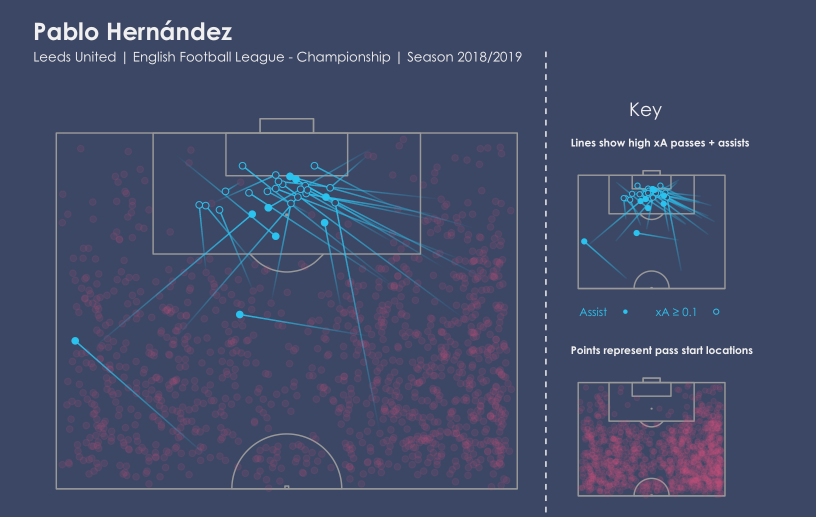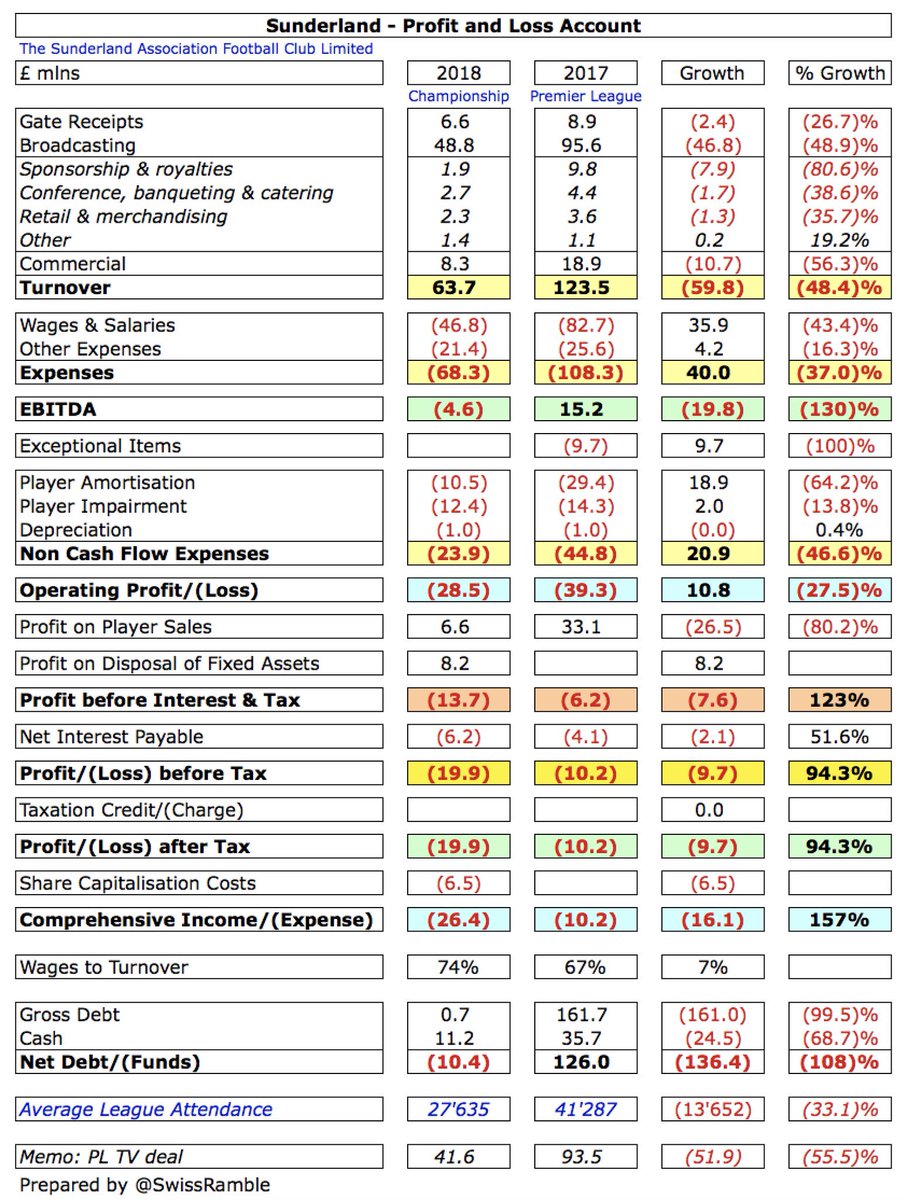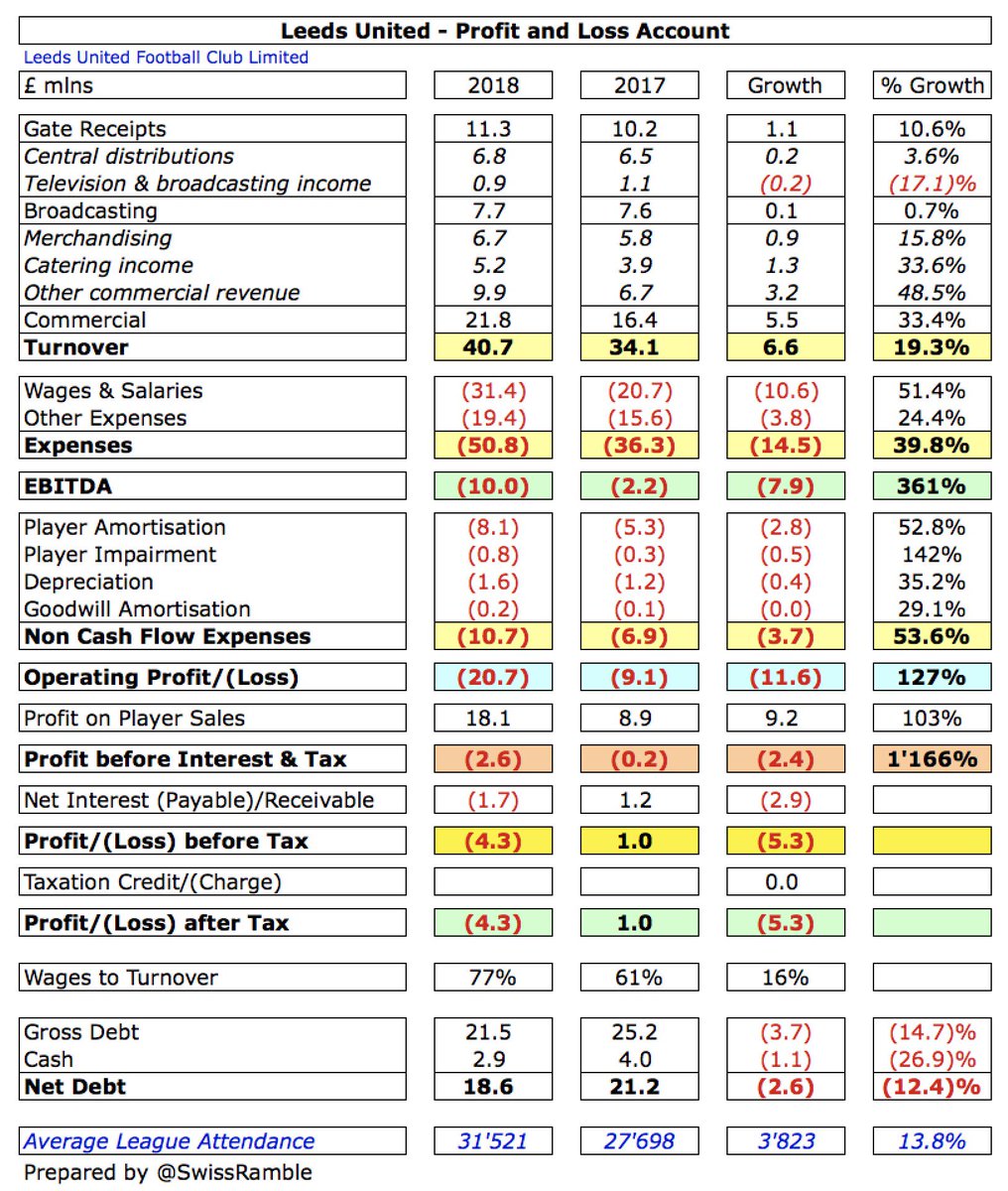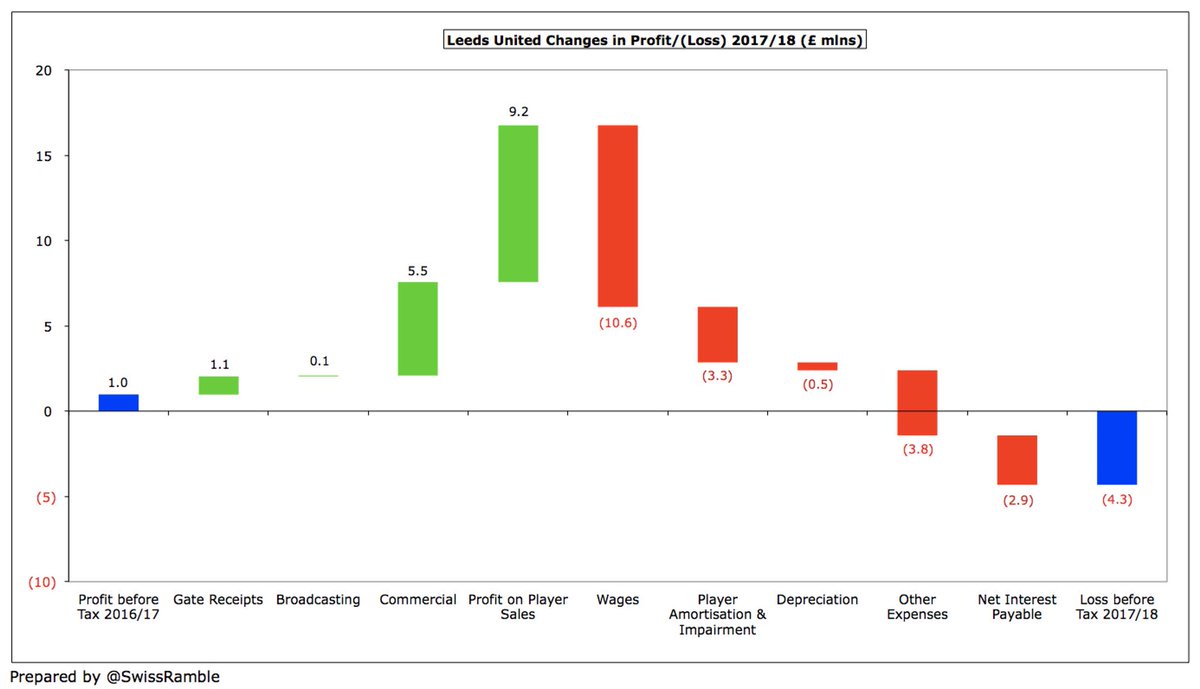optasportspro.com/static/10-crea…
As you can see from these graphics, Leeds fans can be feeling disappointed that their team didn't achieve promotion last season. They topped both the table for xG for (how many they
This could suggest that Norwich were very lucky and that Leeds were slightly unlucky but there are other factors to consider here (of which more later).
It isn't hard to see that, between xG for and xG against, Leeds came off the worst of their two championship rivals.
PPDA stands for Pressures per Defensive Action. This is the number of opposition passes allowed outside of the pressing team’s own
Leeds have the lowest figure in the league.
Altogether, Leeds enacted a high and energetic press which functioned well in keeping opposition chances to a minimum. They were unlucky to concede as many goals as they did.
When you look at players like Tammy Abraham, Teemu Puuki and Billy (*grinds teeth*) Sharp, you'll see that all of them overperformed per xG.
Bamford, worryingly, had one of the highest figures of low-pressure shots in the league. However, he had a tendency to take shots with lower clarity.
Probably not a lot that we didn't already know. Leeds were unlucky not to go up based on their xG figures. The reason why they underperformed had a lot to do with misfiring strikers. But there is a lot




























